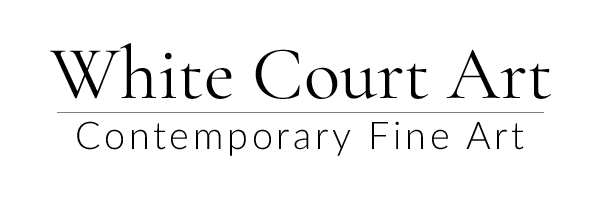There’s a reason why we have “the arts” and “sciences” isn’t there? Art is subjective and science is objective, it was always so. But research is showing that the division between them is decreasing.
Most of us are familiar with the ancient Chinese practice of Feng Shui and the rules of harmonious living and positive energy flow. It may suit some of us to organise our homes in this way and now we have interior designers offering advice on making our homes look good. However does looking good make you feel good? And at this point scientists became involved, neuroscientists to be precise.
Back in the 1990’s they began to explore the brain processes that underly our sense of beauty in art. This research became focussed on the Amygdala, a part of the brins limbic system. It’s responsible for processing higher cognition information via it’s connections within our brains rather than the lower or autonomic functions like breathing or touch. In a nutshell the Amygdala organises physiological responses to cognitive information. Maybe its best known function is the “fight or flight” response.
The scientific research indicated that it preferentially processed blurred images, showing heightened activity even before we are aware of what we’re seeing. It’s an indication of the regions role as an early warning system. Threats are detected on the periphery of vision and are inherently blurry. As an example the soft contours of an Impressionist painting can trigger this pathway. Call it a direct connection to the brains emotional processing that bypasses conscious preferences eliciting this emotional response.
According to a branch of evolutionary psychology this is called the biophilia hypothesis. We are drawn to living things; the sight of foliage and fruit or the sounds of birds. Our brains still find natural scenes effortlessly fascinating. They capture our attention without us having to deliberately focus on them. Apparently this is known as attention restoration and can help us to recharge stressed minds allowing us to recover from mental fatigue. The effects are similar to meditation.
So much for objective science, what about subjective art – which, after all is what we are interested in!
It appears that after decades of research artists throughout the ages have been providing us with much needed respite for our fatigued brains and we’ve been self medicating for hundreds of years. Which brings us neatly back to my original premise for this little piece: Taste & Trends.
Paintings and artworks have perennially depicted the natural world and the shapes found within it. These works have always found a place on our walls and in our public spaces. One only has to look at the bucolic paintings of John Constable in England, or the Hudson River School in the US, brush & ink fro 6th century Chinese artist Than Zigian. As nature is endlessly changing so is art; we move through literal depictions to more abstract ways of presenting our world. Imagine coming from Brueghel through Monet & Cezanne to Kandinsky or Georgia O’Keefe. As nature is evolving so is art and our tastes are catered for by the creative geniuses that are artists.
During these difficult pandemic times it would appear that trends in art are toward joyful, uplifting pieces and a renewed appreciation for nature. Aodobon, Corot & Rousseau for instance are as muched loved and appreciated as ever. But there’s also a trend toward more minimalist pieces offering the softened images that our Amygdala favours think Rothko.
But ultimately the art you choose has to fit your tastes and your aesthetic. So always choose pieces you love. Base your purchases on your personality and interests.
And please remember there are no wrong choices in art. Just listen to your heart.
